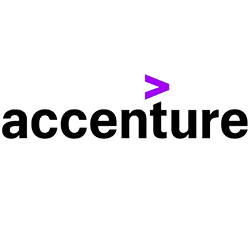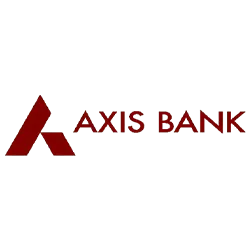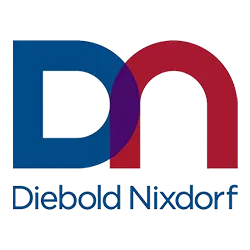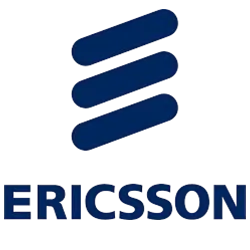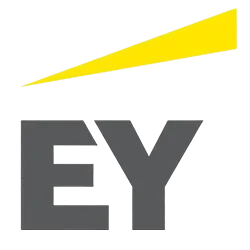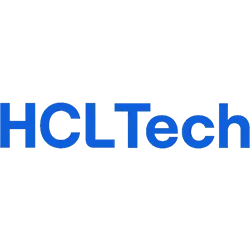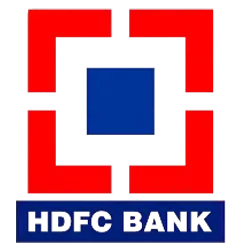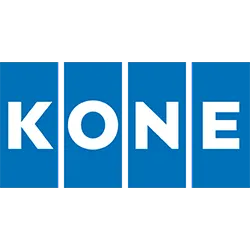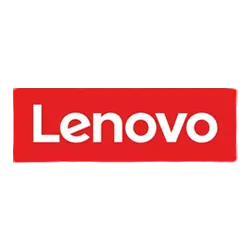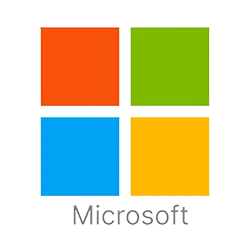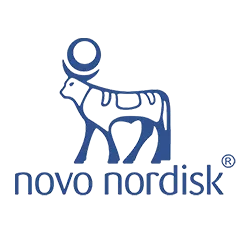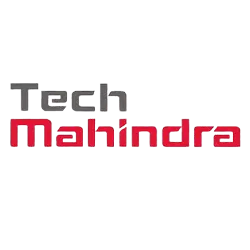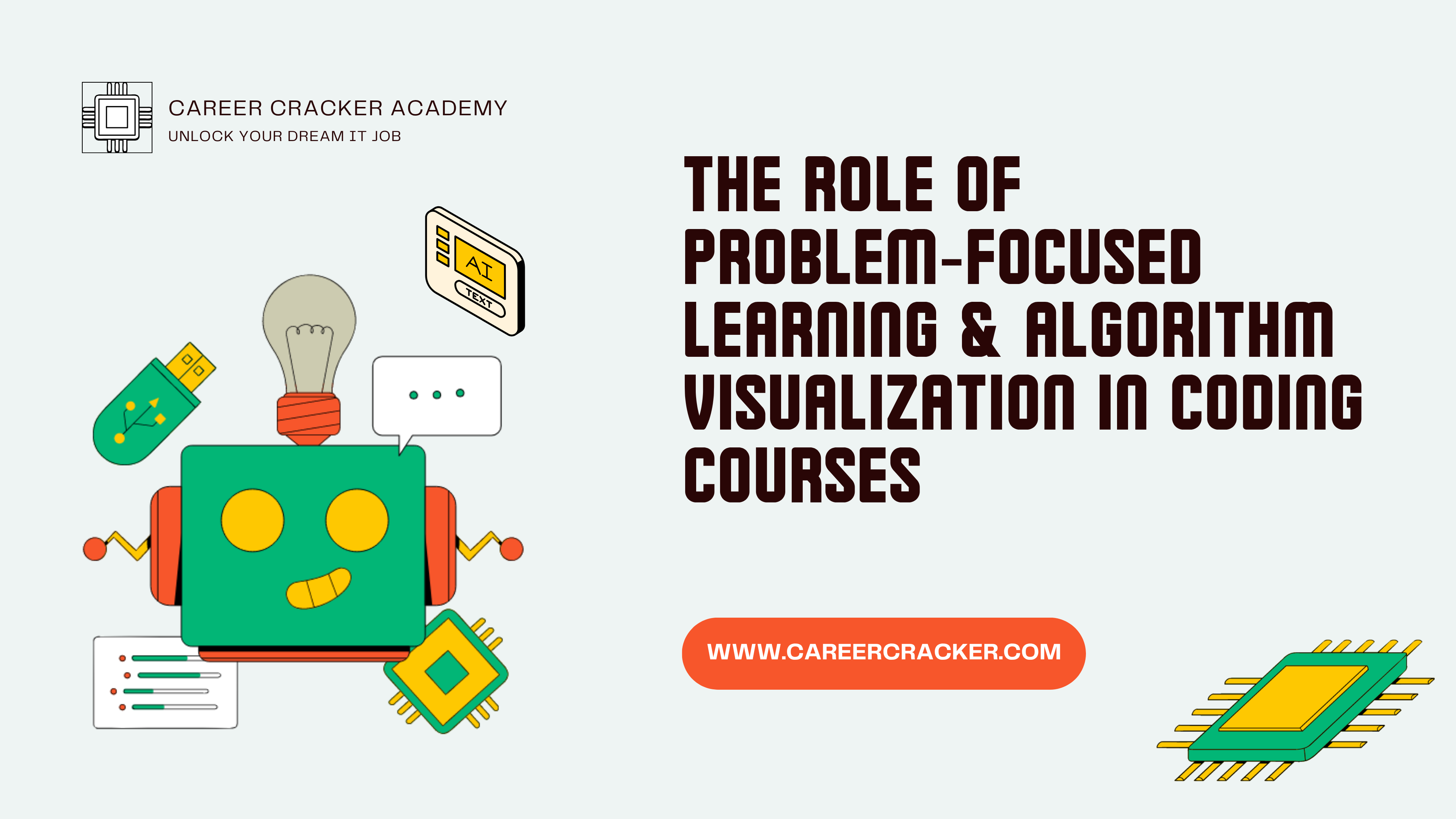
The Role of Problem‑Focused Learning & Algorithm Visualization in Coding Courses
In recent years, traditional coding instruction methods have shifted significantly toward more interactive, engaging, and effective teaching strategies. At Career Cracker Academy, we've embraced two of the most impactful methods: Problem-Focused Learning (PFL) and Algorithm Visualization (AV). Integrating these approaches into our coding courses has significantly boosted student understanding, retention, and practical skill development.
What is Problem-Focused Learning?
Problem-Focused Learning emphasizes using real-world problems to help students acquire coding skills. Instead of passively listening to lectures or reading texts, our students actively tackle practical coding challenges. Examples include developing a weather application, a simple e-commerce website, or a basic chatbot.
Example Problem:
-
Build a movie recommendation system that uses user ratings and preferences to suggest films. Students collect data, apply machine learning algorithms, and design intuitive interfaces.
Another practical example we've used is having students create a personal finance tracker. This project requires them to handle user authentication, database management, and responsive web design, making it comprehensive and relatable.
Why Algorithm Visualization Matters
Algorithm Visualization involves graphically representing algorithms in action, enabling students to visually grasp complex concepts. Rather than abstract textual explanations, students watch algorithms execute step-by-step through animations or interactive simulations, using tools like Visualgo, AlgoViz, or Python libraries like Matplotlib or Pygame.
Example Problem:
-
Visually demonstrate sorting algorithms (Quick Sort, Bubble Sort) with animations, showing the algorithm's operation step by step.
We also employ visualizations to teach graph traversal algorithms like Depth-First Search (DFS) and Breadth-First Search (BFS). Students observe animations illustrating how these algorithms explore nodes and edges, greatly simplifying complex concepts.
Incorporating Puzzles and Gamification
We frequently integrate coding puzzles and games into our curriculum to enhance problem-solving skills. Websites like HackerRank, LeetCode, and CodeCombat allow students to engage in friendly competition while mastering essential programming concepts.
Puzzle Example:
-
Solve classic puzzles like the Tower of Hanoi, which teaches recursive thinking, or Sudoku solvers that reinforce backtracking algorithms.
These puzzles provide instant feedback and keep learners motivated through measurable progress and achievement recognition.
Real-Life Application and Success Stories
One memorable example at our academy involved students developing a disaster management app. Students were required to handle real-time data tracking, GPS integration, and notification systems. This practical scenario emphasized the importance of robust coding practices, efficient algorithms, and responsive interfaces. Students reported higher motivation and greater satisfaction, leading to improved performance and long-term retention.
How These Methods Enhance Learning
-
Improved Problem-Solving Skills: Students gain critical thinking and analytical skills by solving realistic problems.
-
Enhanced Comprehension and Retention: Visualization makes abstract concepts tangible and memorable.
-
Increased Engagement: Interactive and visual methods keep students motivated, reducing dropout rates and enhancing satisfaction.
-
Practical Preparedness: Hands-on experience in solving real problems ensures students are well-prepared for professional coding roles.
Integrating PFL and AV in Our Coding Courses
-
Interactive Assignments: Students complete projects tackling realistic coding problems.
-
Visual Tools in Classrooms: Visualization tools regularly explain data structures, algorithms, and other complex concepts.
-
Gamification: Coding games and puzzles like HackerRank, LeetCode, or CodeCombat maintain student interest and enthusiasm.
Real-World Success Story
We recently observed significant improvements after integrating PFL and AV into our software development courses. A cohort tasked with building interactive Python games using Pygame showed a 40% higher engagement and a 30% increase in concept retention compared to previous traditional methods.
Conclusion
At Career Cracker Academy, Problem-Focused Learning and Algorithm Visualization are transforming our coding education approach by emphasizing real-world applications, interactivity, and visual comprehension. Our courses not only produce proficient coders but also critical thinkers and innovative problem-solvers, ready to thrive in the tech industry.
By continuously integrating these methodologies, we ensure our students become competent, confident, and fully prepared to excel in their future coding careers.
Hiring Partners
